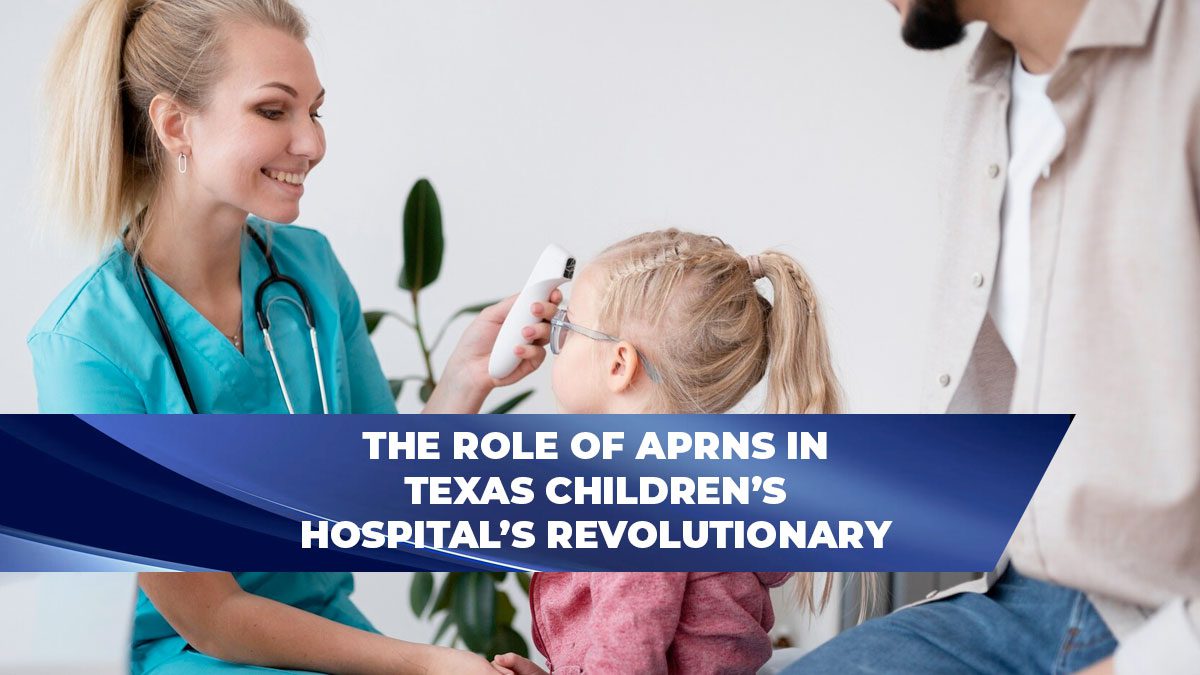The ACNP Role in Action: Understanding Team Effectiveness Through a Conceptual Framework
Conceptual Framework of ACNP Role and Perceptions of Team Effectiveness
The Conceptual Framework of ACNP Role and Perceptions of Team Effectiveness is pivotal in understanding how Advanced Practice Nurses contribute to team dynamics and patient care. Developed by Kilpatrick et al. (2013), this framework outlines the critical components that affect ACNP role enactment, boundary work, and overall team effectiveness in the healthcare setting.
The framework is influenced by Sidani and Irvine’s (1999) conceptual framework for evaluating the NP role in acute care, alongside Donabedian’s (1966, 2005) model of quality care, which incorporates structures, processes, and outcomes. At its core, the framework is composed of three central process dimensions: ACNP role enactment, boundary work, and perceptions of team effectiveness. These dimensions interact in a bidirectional relationship, influencing each other continuously.
The Core Dimensions: ACNP Role, Boundary Work, and Team Effectiveness
The ACNP role enactment process dimension highlights the advanced practice nursing and medical roles, focusing on how ACNPs integrate into the healthcare team. This involves a dynamic interaction between the ACNPs and other healthcare professionals, shaping the overall function and efficiency of the team.
Boundary work involves creating space, managing loss, building trust, navigating interpersonal dynamics, and time management. These elements are crucial in defining the roles within a team, especially when new roles such as the ACNP are introduced.
The perceptions of team effectiveness dimension focuses on decision-making, communication, cohesion, care coordination, problem-solving, and a patient/family-centric approach. Effective teamwork, influenced by these factors, directly impacts patient outcomes and overall healthcare quality.
Key Concepts of the Conceptual Framework of ACNP Role and Perceptions of Team Effectiveness
| Concept | Description |
|---|---|
| ACNP Role Enactment | Involves the integration of advanced practice nursing and medical roles within a team, influencing team dynamics and patient care. |
| Boundary Work | Focuses on creating space, managing loss, trust-building, handling interpersonal dynamics, and managing time effectively within the team context. |
| Team Effectiveness | Encompasses decision-making, communication, team cohesion, care coordination, problem-solving, and a focus on patient and family, all of which contribute to the overall effectiveness of the healthcare team. |
| Structural Dimensions | Represented by concentric rings, these layers (patient, ACNP, team, organization, and healthcare system) affect the core dimensions and highlight the bidirectional relationship between process and structural elements in the framework. |
Reference: Kilpatrick et al. (2013) Conceptual Framework Study on ACNP Role and Team Effectiveness
Structural Dimensions and Their Influence
The conceptual framework also emphasizes the importance of structural dimensions that surround the core processes. These dimensions are represented as concentric rings, each layer signifying the impact of patient, ACNP, team, organization, and healthcare system on the central process dimensions.
The proximity of these layers to the core indicates their direct influence on the ACNP role, boundary work, and team effectiveness. For example, the patient and ACNP layers have the most immediate effect, while organizational and healthcare system layers exert their influence indirectly.
Measuring Outcomes: Quality, Safety, and Cost
The framework also identifies outcome indicators that reflect the effectiveness of the ACNP role within the team. These indicators include quality (timely care, patient follow-up, improved discharge planning), safety (safe patient discharges), cost, and team effectiveness (improved staff knowledge and team cohesion).
Given the increasing emphasis on teamwork in healthcare, the conceptual framework is timely, focusing on the role of ACNPs in enhancing team effectiveness and improving patient outcomes. The bidirectional relationships within the framework highlight the dynamic nature of healthcare teams and the continuous influence of structural and process dimensions on overall team performance.
Frequently Asked Questions (FAQ)
Q: What is the role of ACNPs in healthcare teams? A: ACNPs play a crucial role in healthcare teams by integrating advanced practice nursing and medical roles, which enhances team dynamics, patient care, and overall team effectiveness.
Q: How does boundary work influence team effectiveness? A: Boundary work involves managing space, trust, interpersonal dynamics, and time within a team. It helps in defining roles, especially when new roles like ACNPs are introduced, thereby influencing team cohesion and effectiveness.
Q: What are the key outcome indicators in this conceptual framework? A: The key outcome indicators include quality of care (timeliness, patient follow-up), safety (safe discharges), cost-effectiveness, and improved team knowledge and cohesion.
Q: Why is the conceptual framework significant for healthcare teams? A: The framework is significant because it provides a structured approach to understanding how ACNPs impact team effectiveness, which is crucial for improving patient outcomes and healthcare quality.
Q: How do structural dimensions affect the ACNP role and team effectiveness? A: Structural dimensions, such as patient, ACNP, team, organization, and healthcare system, influence the ACNP role and team effectiveness by exerting varying levels of impact based on their proximity to the core processes of the framework.










